
n Alaska we have two seasons: winter and construction. Both make it more difficult to get around the state, so now seems a good time to remind drivers, both commercial and non-commercial, that we all share the road.
Remember: big trucks loaded with cargo can’t stop on a dime. Don’t cut them off, give them room for turns, and pay attention when driving behind them. If you can’t see their rearview mirrors, they can’t see you.
Safety on the road is everyone’s responsibility, yet commercial truck drivers have a higher level of risk than most. Commercial drivers must be alert and know how to handle their truck. Shifting loads, blowing tires, brake failures, and moose strikes, and accidents do happen. Driving in bad weather, on rough roads, and for long hours puts the driver in even more risky situations. Due to a shortage of drivers and poor driver retention, frequently drivers are dispatched and put to work before they are fully trained or ready to be on the road.
It’s important to remember that, even if you are short on drivers, there’s no excuse to miss steps in the hiring process such as background checks and Motor Vehicle Report reviews. Neither is desperation a reason to rush drivers through training or staff an unprepared driver in a dangerous position. Too often companies seek to put staffing needs above safety which can lead to detrimental effects on a business’s bottom line. Not only can an accident ding a company in obvious up-front costs such as replacing a destroyed truck and paying for an injured driver’s healthcare, it can also lead to civil penalties, fines, and lawsuits. As a trucking company, in court is the last place you want to be, especially with nuclear verdicts becoming more and more frequent.
The best way to avoid these types of situations is to make sure you are fully in compliance with regulations, from paperwork to maintenance. The devil is in the details, and details that seem to not matter in the moment can come back and haunt a company. Regulations are only getting more strict, so the sooner a trucking company gets its Department of Transportation program in compliance, the safer it will be. Things you can do to protect your business and minimize risks:
- Know what’s required.
- Perform required background driver checks.
- Ensure all driver qualification files are complete and up-to-date.
- Ensure all annual reviews are done within 365 days of each other.
- Ensure annual required Drug and Alcohol Clearinghouse queries are being done on time.
- Make sure a valid company road test is in the driver’s file, if required.
- Verify that all drivers have the proper license type and endorsements for the vehicle they will be driving.
- Train drivers on the regulations and their duties—it’s required.
- Train drivers and other applicable personnel on hazardous materials, if required.
- Audit hours of service and address any issues. Don’t just assume the electronic logging device will make everything correct.
- If using the 150 Air Mile Radius exemption, ensure all the qualifications are met to use the exemption and that employee hours are documented correctly.
- Train drivers on proper shipping paperwork, especially for hazardous materials. If a driver accepts hazmat without proper paperwork, your company will be held responsible.
- Make sure drivers know how to do proper inspections: pre-trip, during trip, and post trip.
- Make sure drivers understand proper loading and load management.
- Keep a close eye on the regulations; they change on a regular basis and several new trucking safety provisions were included in the Infrastructure Investment and Jobs Act.
- Track key performance indicators and make course corrections where needed to improve DOT program compliance and safety.
All these things and more are important to maintaining a safe trucking business. While most of the training required is for the drivers, the Federal Motor Carrier Safety Administration does require training for most transport company employees. According to Part 390.3(e): “Every driver and employee shall be instructed regarding, and shall comply with, all applicable regulations contained in this subchapter or, more simply stated, the driver/employee needs to understand the Federal Motor Carrier Safety Regulations (FMCSRs).”
When it comes to road safety, you can never do enough to help prevent an accident that could cost more than your company can afford. Avoid nuclear verdicts of $10 million or more by making sure your DOT compliance program is meeting all your needs including paperwork, policies, training, and safety.
